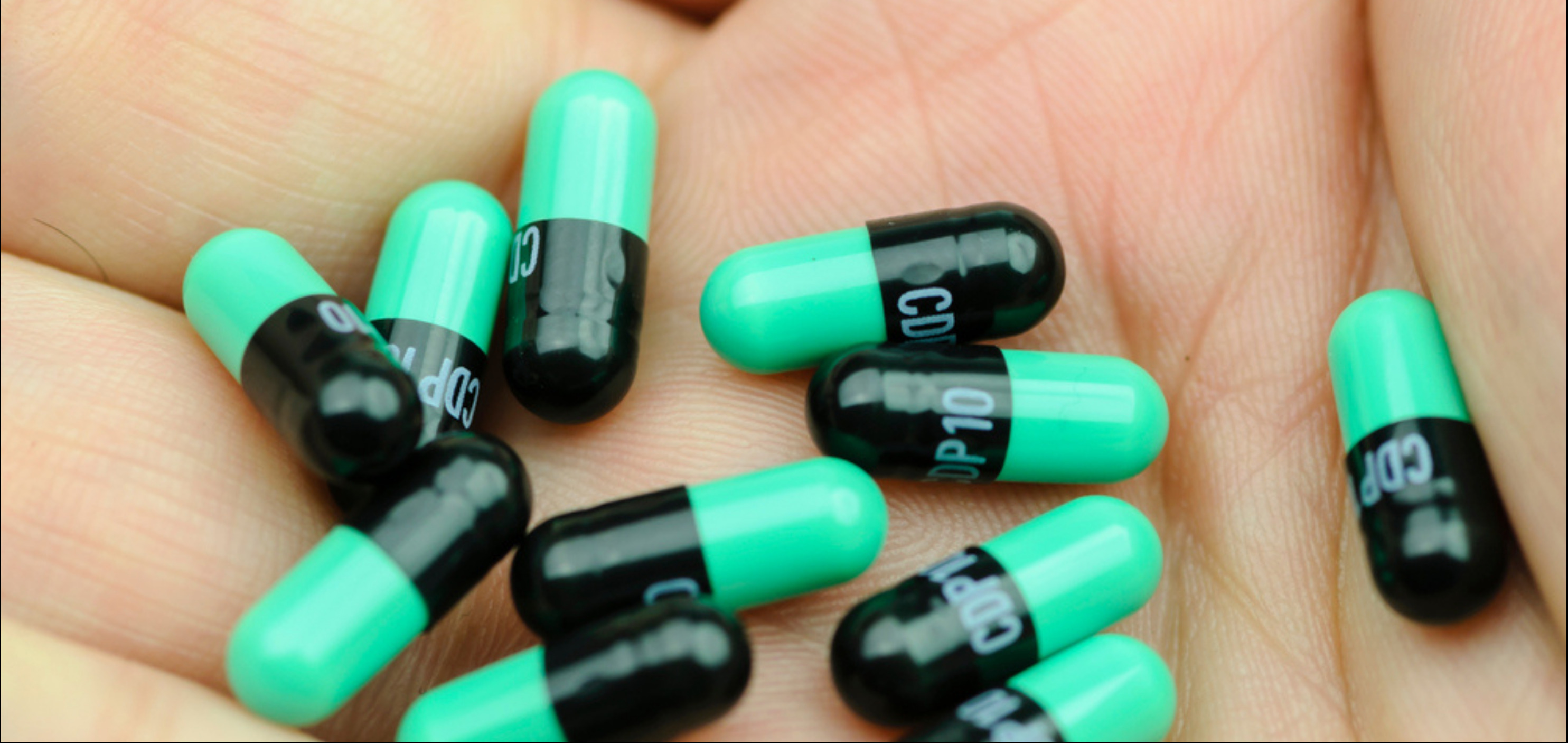Last Updated:
July 31st, 2025
Librium Rehab Treatment | What to Expect
You might have started Librium to get through a rough patch but Librium addiction can creep up slowly until stopping feels scarier than staying on it. Those who try to stop on their own often end up relapsing. Professional Librium addiction treatment is the safest and most effective route to recovery. It helps you break the cycle of Librium dependency and abuse, gives you valuable insights into your own life and provides the best opportunity for a happy, healthy future.

What is Librium addiction treatment?
Librium addiction treatment is a structured process that helps you stop using Librium safely, understand why it became a problem and build a new routine that doesn’t rely on it. It focuses on every stage of recovery so you can make progress without being overwhelmed. These stages are:
- Librium detox: The first step is removing Librium from your system in a safe, medically supported environment. You will be monitored and cared for throughout to manage Librium withdrawal symptoms and reduce any risks.
- Librium rehab: Once you are physically and mentally stable, you will begin working with a team of therapists and support staff to explore the emotional, behavioural and environmental factors behind your addiction.
- Aftercare: Ongoing support, such as aftercare therapy sessions, relapse prevention strategies and alumni networks then help you stay on track in daily life.
Step 1: Librium detox
Librium detox basically means safely clearing the drug from your system while managing any withdrawal symptoms that come with it. Suddenly stopping can be risky, especially if you have been taking it for a long time or at high doses. That’s why detox should always be done under medical supervision, never alone.
During detox, your dose is usually reduced slowly over time. This tapering approach helps your body adjust gradually and reduces the risk of uncomfortable and dangerous Librium withdrawal symptoms. In some cases, doctors may prescribe other medications to ease anxiety, help you sleep or manage your physical discomfort.
Struggling with an addiction? If you are ready to seek help, reach out to us today, and a member of our compassionate team will help you find the best option for starting your recovery journey.
Librium withdrawal symptoms and detox timeline
Because Librium has a long half-life, it stays in your system longer than many other benzodiazepines. This means that Librium withdrawal symptoms tend to come on more gradually but can also last longer. The exact Librium detox timeline depends on factors like your dosage, how long you’ve been taking it, your age, metabolism and whether you’re detoxing under medical supervision.
Here is a general guide to what you might expect:
- Mild anxiety or restlessness
- Trouble sleeping
- Irritability or mood swings
- Light tremors or shakiness
- Heightened anxiety or panic attacks
- Insomnia or disturbing dreams
- Sweating and chills
- Nausea or stomach cramps
- Muscle stiffness
- In some cases, hallucinations or seizures (especially without medical tapering)
- Low mood or depression
- Mild anxiety
- Difficulty concentrating
- Ongoing fatigue or sleep disruption
- Waves of anxiety or low mood
- Trouble with focus or motivation
- Occasional sleep disturbances
A medically supervised prescription drug detox can allow your body to slowly adjust, minimise health risks and prepare you for the next stages.
Step 2: Librium rehab
Getting off Librium is a massive achievement but staying off it takes more than willpower. Librium rehab focuses on why you started using Librium, how it became part of your daily life and what might pull you back in if you’re not careful.
Together with experienced therapists, you will unpack those patterns and learn how to handle stress, trauma and other issues without needing Librium. Whether you need help setting boundaries, learning to process difficult emotions or building a new daily routine, rehab treatment helps you lay the groundwork for lasting sobriety.
What to expect from Librium rehab
Librium rehab gives you structure when everything else has felt like chaos. It’s a chance to take a step back, figure out what’s really going on and focus on small, meaningful steps forward. Different programmes include various therapies but here are some of the most important:
- One-on-one counselling to explore what led you to Librium use
- Group therapy for encouragement and shared support
- Behavioural therapies to rewire your old thoughts and habits and create healthier ones
- Family therapy sessions to repair and strengthen your important relationships
- Motivational interviewing to help you find your inner drive
- Holistic options like yoga, meditation and creative outlets for deeper healing
Step 3: Aftercare to help prevent a Librium relapse
Finishing prescription drug rehab doesn’t mean the journey is over; it just means you’re ready to take everything you’ve learned and apply it in the real world. But this next chapter can bring new challenges, and one of the biggest risks is relapse. Stress, unexpected triggers or even a moment of emotional vulnerability can pull you back into old patterns.
Aftercare is about making sure you stay supported and connected, even when formal Librium rehab ends. Aftercare offerings can vary but the best include:
1. Relapse prevention planning
While still in Librium rehab, you will work with your recovery team to identify your triggers and create a personalised plan for what to do if cravings or difficult emotions come up. This might include healthy coping strategies, emergency contacts and lifestyle changes to support your sobriety.
2. Ongoing therapy after Librium rehab
Many people continue with individual or group therapy once they return home. These may be offered by your rehab centre or done in your time but regular sessions can help you stay accountable, work through new challenges and build up your confidence.
3. Alumni services and community support
Some rehab centres offer alumni programmes where you can check in with staff, attend events and stay in touch with others who’ve been through the same process. This sense of connection can be a powerful lifeline if you ever feel yourself slipping.

How to tell if you need librium addiction treatment
Like other forms of prescription drug addiction, it isn’t always easy to know when Librium use has become problematic. That’s why it’s so important to know the signs that you may need professional help:
- You have started increasing your Librium dose without your doctor’s advice or taking it at odd times just to get through the day
- You panic when you’re running low of Librium
- You’re keeping your Librium use quiet from friends, family and doctors
- It’s affecting other parts of your life
- You feel foggy, flat or numb without Librium
Recognising yourself in just one of these signs is enough to ask for help.
Seek Librium addiction treatment today
If you’re worried about your Librium use, you’re not alone and you don’t have to handle it by yourself. Addiction Helper works with trusted clinics across the UK to find treatment that works for you. Contact us today for fast, confidential advice and get on the path to lasting recovery.
Our compassionate team are ready and available to take your call, and guide you towards lasting the lasting addiction recovery you deserve.
Frequently Asked Questions
(Click here to see works cited)
- Ahwazi, Hoda H., et al. “Chlordiazepoxide – StatPearls.” NCBI, 29 January 2024, https://www.ncbi.nlm.nih.gov/books/NBK547659/. Accessed 6 June 2025.
- Banbury Lodge. “Librium Detox | Withdrawal & Detox Timelines.” Banbury Lodge, 27 January 2025, https://www.banburylodge.com/detox/prescription-drug/benzodiazepine/librium/. Accessed 6 June 2025.
- Recovery Lighthouse. “Librium Addiction Treatment | Librium Rehab & Librium Detox.” Recovery Lighthouse, 14 January 2025, https://www.recoverylighthouse.com/rehab-treatment/prescription-drug/benzodiazepine/librium/. Accessed 6 June 2025.

